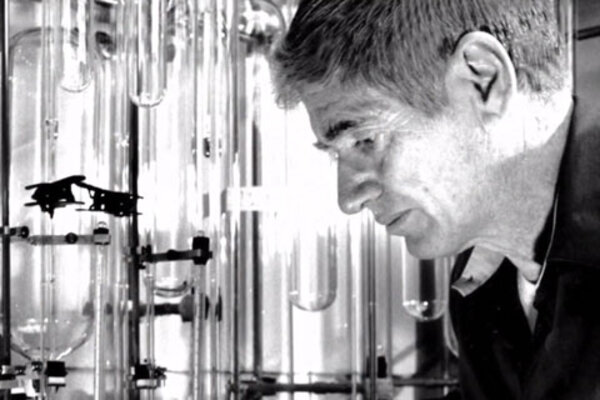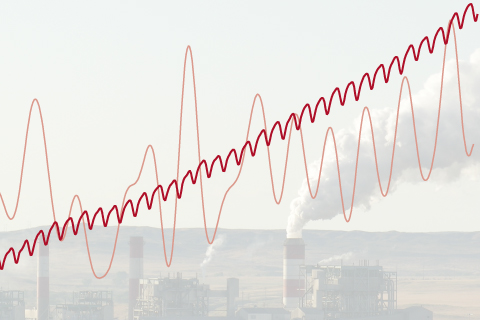
Global atmospheric carbon dioxide reached 405.0 parts per million (ppm) in 2017, a new record high. In the 1960s, the global growth rate of atmospheric carbon dioxide was roughly 0.6 ppm per year. Over the past decade, however, the growth rate has been closer to 2.3 ppm per year.
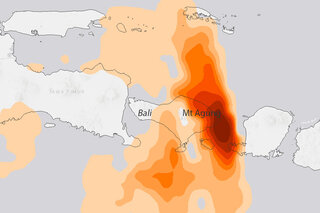
Mount Agung erupts in Indonesia: Is it a climate event?
December 7, 2017

Once at odds, a climate expert and botanist who studies ancient plants later teamed up to improve understanding of one of the warmest periods in Earth history.
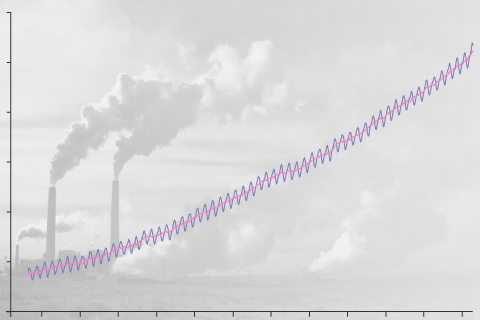
Using measurements taken worldwide, scientists estimated that 2015’s global average carbon dioxide concentration was 399.4 parts per million (ppm), a new record high. At Mauna Loa Observatory in Hawai’i, where atmospheric carbon dioxide has been recorded longer than anywhere else in the world, the annual average carbon dioxide concentration was 400.8—also a new record, and a new milestone.
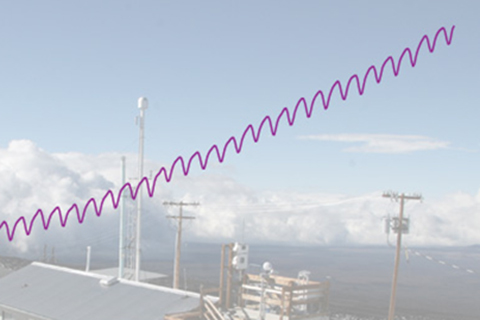
Scientists estimated global average carbon dioxide concentration at 397.2 parts per million (ppm) in 2014, as the global growth rate of carbon dioxide continues to accelerate.
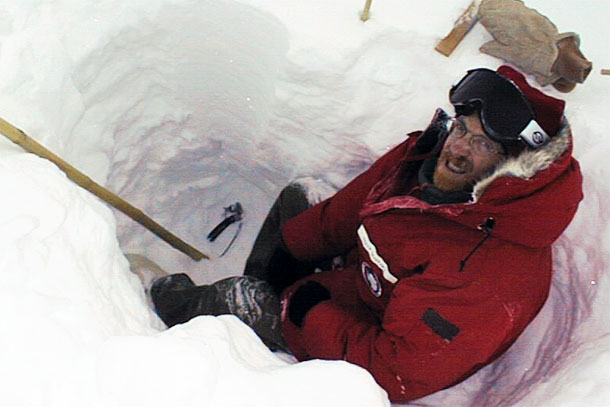
Some of the chemicals that replaced ozone-harming CFCs are long-lived greenhouse gases. At NOAA's lab in Boulder, Colorado, chemist Steve Montzka leads the effort to monitor the concentration of CFC-substitutes and their potential impact on global warming.
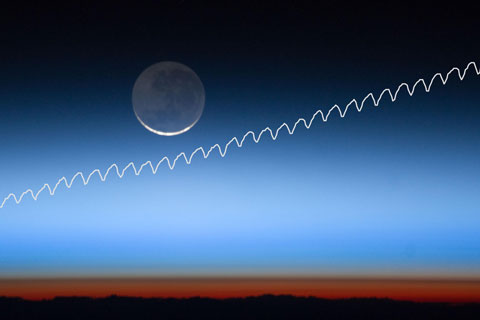
For 800,000 years before the twentieth century, carbon dioxide levels in Earth’s atmosphere never exceeded 300 parts per million. In March 2015, the monthly average went above 400 ppm for the first time.
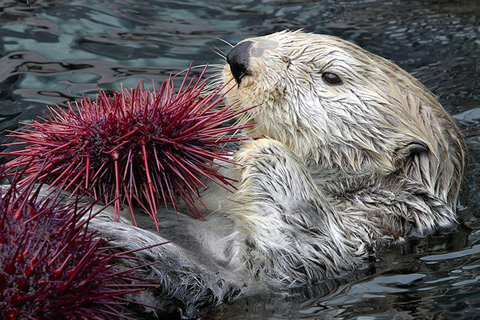
Restoring a healthy balance between sea otters and their sea urchin prey comes with a modest but meaningful bonus: halting the overgrazing of kelp forests and increasing their ability to remove excess carbon dioxide from the atmosphere.
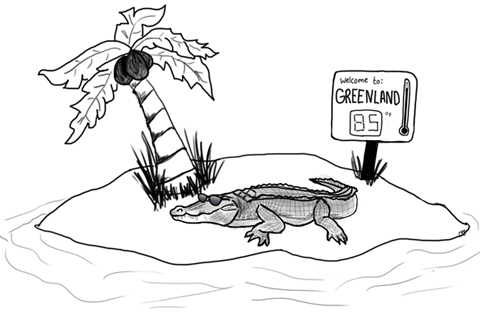
Earth’s hottest periods occurred before humans existed. Those ancient climates would have been like nothing our species has ever seen.
